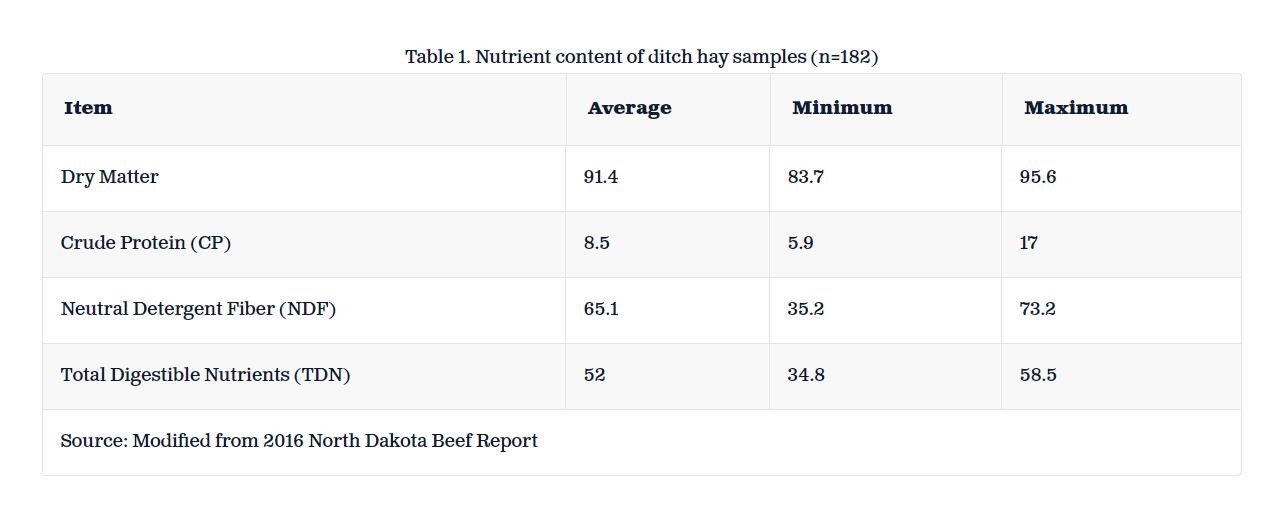Cow Age and Cow Productivity (When is She Too Old?)
October is traditionally calf weaning and cow culling month for spring calving operations. At cow culling time, producers often face some tough decisions. Optimum culling of the herd often seems to require a sharp crystal ball that could see into the future. If rainfall allows forage growth to be adequate, keeping an older cow to have another calf to wean next year is tempting. Is she good for another year? Will she keep enough body condition through the winter to rebreed next year? Is her mouth sound so that she can harvest forage and be nutritionally strong enough to reproduce and raise a big calf? At what age do cows usually start to become less productive?
There is great variability in the longevity of beef cows. Breed may have some influence. Region of the country and soil type may affect how long the teeth remain sound and allow the cow to consume roughages such as pasture and hay.
Records kept by a very large ranch in Florida in the 1980's and published in the 33rd Annual Proceedings of the Beef Cattle Short Course by the University of Florida Animal Science Department show how productivity changes over the life of the beef cows. These large data sets, (19500 cows, and 14000 cows in two separate years) are plotted below. They indicate the average percentage of cow determined to be pregnant based on their age in years. These cows were not pampered but expected to produce in the environment in which they were kept.

This data, collected in Florida on cows with some Brahman influence, represents one of the largest data sets on this subject. (Source:Genho, 1984 Proceedings of the Beef Cattle Short Course. Animal Science Department, University of Florida.)
More recently data from the USDA Meat Animal Research Station at Clay Center, Nebraska revealed a very similar pattern. Although pregnancy rates were somewhat higher, the slope of the line after age 10 was consistent with the Florida data set.

USDA Meat Animal Research Center, Clay Center, Nebraska (26,000 records)
These data would indicate that cows are consistent in the rebreeding performance through about 8 years of age. A small decline was noted as cows aged from 8 to 10 years of age. However the most consistent decline in reproductive performance was noted after cows were 10 years of age. A steeper decline in reproductive performance was found as they became 12 years of age. In other words, start to watch for reasons to cull a cow at about age 8. By the time she is 10, look at her very closely and consider culling; as she reaches her 12th year, plan to cull her before she gets health problems or in very poor body condition.







